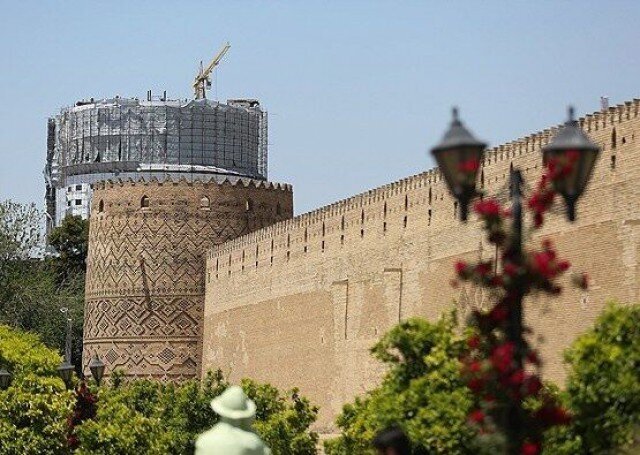Historical sites losing heritage status; who’s to blame?

Every year, a number of historical monuments in Iran lose their place on the National Heritage list. Some are also at risk of losing their prestigious UNESCO status.
Although according to the Ministry of Cultural Heritage, Tourism and Handicrafts, this only includes less than one percent of the monuments, it should be noted that the damage to the buildings that led to their removal from the list, maybe permanent and irreparable.
Historical monuments indicate the historical identity of each nation. They are not only used as tourist attractions but are also places for preserving ancient relics and exquisite documents and objects remained from the past. From another point of view, it’s our duty to make our best to preserve them as the human treasure to be flawlessly handed over to future generations.
In the old days, unconventional constructions were not done, but now, due to technical changes and new styles of architecture and urban planning, everything has changed. And if the necessary foresight for the protection of the historical monuments is not provided, they will either be completely destroyed or their value will be reduced.
Experts have found that if the areas and elements around a valuable and registered building are left to their own, the building will gradually lose its ongoing visual value and beauty.
Therefore, defining the boundaries of historical sites seems a good solution to prevent possible damages including deliberate destruction and illegal constructions within their boundaries as well as help protecting and preserving them in a proper way.
However, sometimes the demarcation of historical monuments are violated, they are repurposed into some buildings with various usages and even their visual beauty is disrupted, which can bring serious and irreversible damages, least of which is losing their place on National Heritage list as well as UNESCO World Heritage List.
According to the law, the offenders must pay damages and they could be sentenced to six months to three years in prison, but the problem is the ministry is not the owner of all the historical sites and many of them are privately owned and it seems there is no law enforcement guarantee.
Lack of awareness of the values of cultural heritage, lack of necessary financial and human resources, sufficient expertise on demarcation, and most importantly lack of coordination between cultural heritage-related bodies such as the municipalities are among the problems the ministry is facing in this issue.
One of the big steps to solve such problems was transforming the Cultural Heritage, Handicrafts and Tourism Organization into a ministry in 2018, which gave it more power and authority.
It seems that the position of the ministry should be such that other organizations do not act against it, which could be a bit difficult due to the vague rules in this regard.
It is also suggested that any activities within the boundaries of historical sites be authorized and supervised by the cultural heritage experts and even by teams of archaeologists in some cases, if necessary.
ABU/MG
Leave a Comment